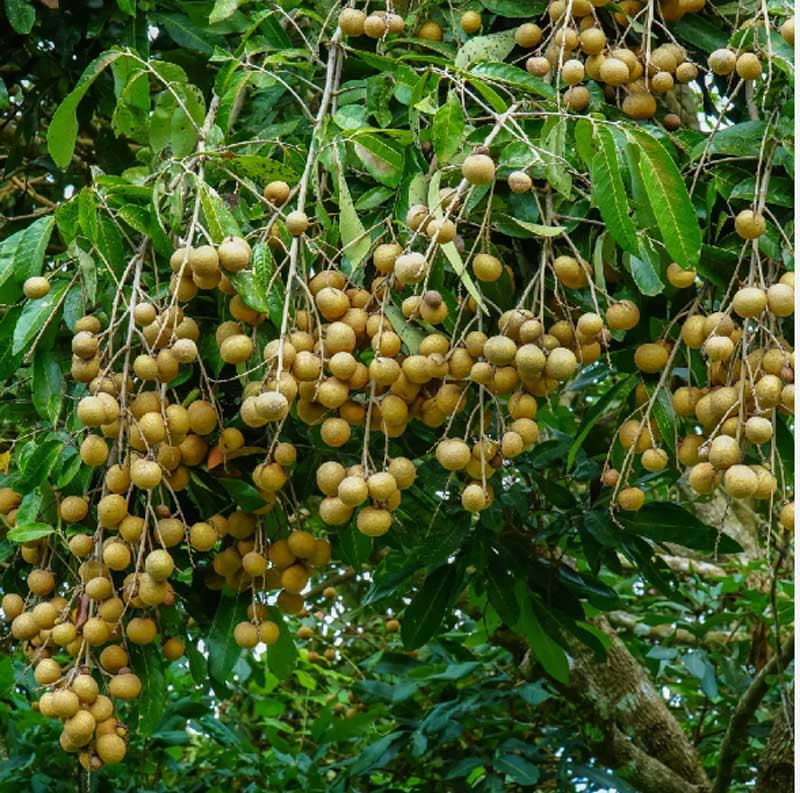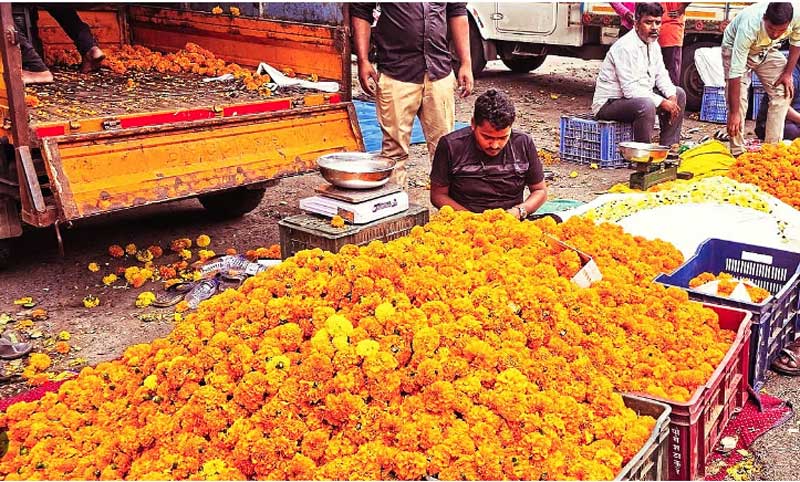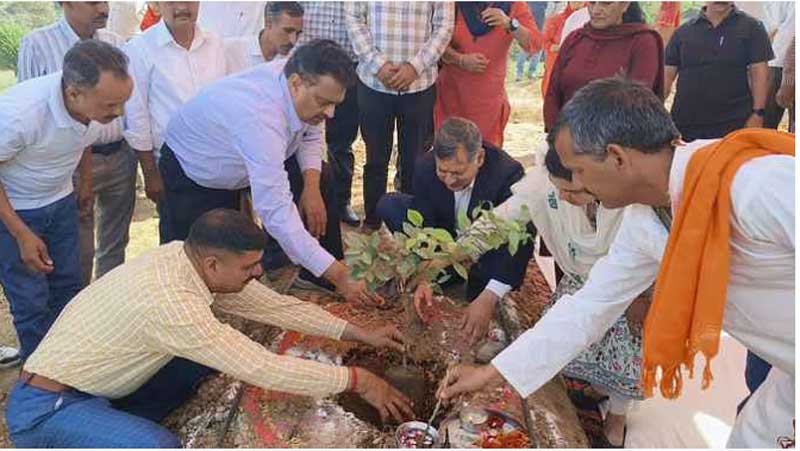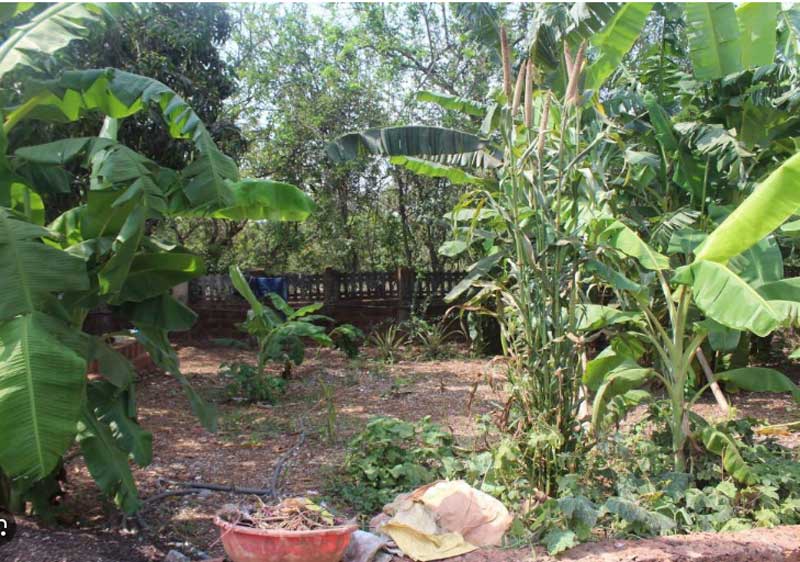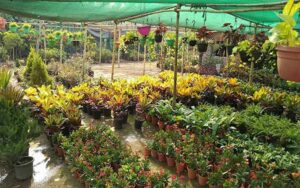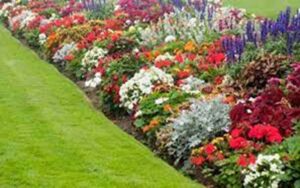Monsoon, An Ideal Time For Gardening
Nursery Today Desk
New Delhi: Gardening is a very healthy and versatile hobby and for some it is much more than a hobby. Gardens, in general, have a certain universal appeal. There comes a different level of happiness and satisfaction with plantation of flowers and vegetables. Gardening, of course, decorates our house but it also helps to stabilize our mood and health. From planting seeds or seedlings to harvesting fruits, vegetables or flowers gardening involves wide range of activities. These activities like soil preparation, planting, removal of weeds, watering, etc. engage most of your body muscle and are also very good exercises.
Why Emphasize Gardening during Monsoon?
Generous rainfall during monsoon provides a natural and plentiful water source. This reduces gardener’s dependence on artificial irrigation and conserving water and nourishes the soil by enhancing its fertility and robust plant growth. Therefore, gardening during this season proves to be very beneficial. Also, monsoon supports a diverse range of flora and fauna, so gardening during this season will contribute to biodiversity conservation by providing habitat for beneficial insects, birds, and other wildlife, thereby fostering a thriving ecosystem.
This is also an ideal time for growing vegetables, herbs and other crops which results in abundant harvest. By helping people to connect with nature, find peace, and feel accomplished, participating in gardening activities during this season can have a positive effect on mental health. Thus, gardening during the monsoon season helps to preserve biodiversity, increase the use of natural resources, and enjoy the overall rewards of this delightful activity.
Tips for gardening during monsoon season
- Drainage: Waterlogging causes rotting of root. It is a very common problem during monsoon season, so keep sure that your garden has proper drainage system. You can prevent this by creating channels or adding gravel to redirect excess water.
- Mulching: Mulching helps to retain moisture in the soil, prevent erosion and reduce weed growth. You can mulch by applying a layer of organic mulch, such as dried leaves or straw around your plants.
- Pruning: Dead and diseased branches should be removed by trimming and pruning. This increases airflow and reduces the risk of fungal infections, which are common during the monsoon.
- Pest control: Damp conditions, such as snails, slugs and fungi gives birth to pests. Organic pest control methods or natural repellents should be applied to protect the plants without harming the environment.
- Fertilization: Over-fertilizing should be avoided. Apply organic fertilizers rich in nitrogen, phosphorus and potassium to support healthy plant growth during the monsoon.
- Select appropriate plants: Plant varieties that can withstand heavy rainfall, such as ferns, palms and certain types of tropical plants should be chosen.
- Weed management: Weeds compete with desired plants for nutrients and water, so its important to remove it from your garden beds. Weed after rain showers when the soil is moist, making it easier to uproot them.
- Prevention of disease: Avoid overhead watering to protect from fungal illnesses. To keep the leaves dry, water the plants from the base up. To stop the spread of illnesses, remove any sick plants or leaves.
- Setting support: During the monsoon season, strong winds frequently occur. Staking tall, top-heavy plants firmly will give them stability. They won’t be harmed or uprooted because of this.
- Rainwater harvesting: Collecting rainwater in the rain barrels or other containers will help during dry spells or water restrictions.





